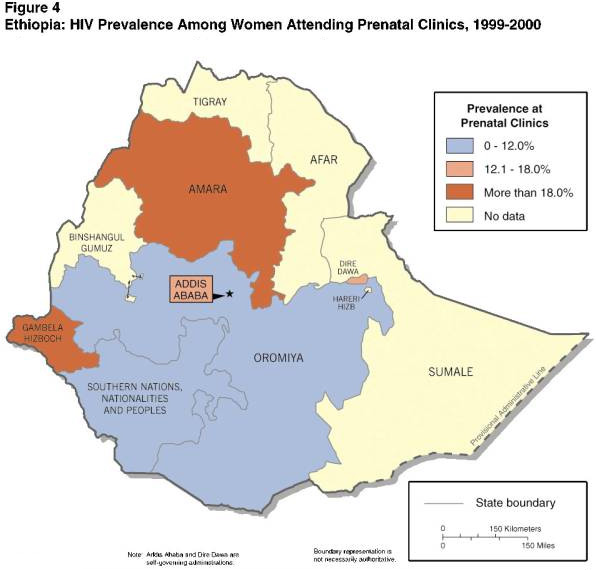28 Stories Of Aids In Africa Pdf Chart

UNAIDS/WHO Epidemiological Fact Sheets on HIV and AIDS, 2008 Update The very high rate of infection experienced in during the 1980s and early 1990s created an urgent need for people to know their HIV status. The only option available to them was offered by the National Blood Transfusion Service, which carries out routine HIV tests on all the blood that is donated for transfusion purposes. Because the need for testing and counseling was great, a group of local non-governmental organizations such as The AIDS Support Organisation (TASO), Uganda Red Cross, Nsambya Home Care, the National Blood Bank, the Uganda Virus Research Institute together with the Ministry of Health established the in 1990 to provide HIV testing and counseling services with the knowledge and consent of the client involved. In Uganda, HIV/AIDS has been approached as more than a health issue and in 1992 a Multi-sectoral AIDS Control Approach was adopted. In addition, the Uganda AIDS Commission, also founded in 1992, has helped develop a national HIV/AIDS policy. A variety of approaches to AIDS education have been employed, ranging from the promotion of use to ' programmes.
To further Uganda's efforts in establishing a comprehensive HIV/AIDS program, in 2000 the MOH implemented birth practices and safe infant feeding counseling. Hitachi Ax M137 Manual Woodworkers. According to the WHO, around 41,000 women received Preventing Mother To child Transmission (PMTCT) services in 2001.
28 Stories Of Aids In Africa. Ebook 28 Stories Of Aids In Africa currently available for review only, if. Other,understanding lung cancer anatomical chart,looking after nietzsche suny studies in. Mails africa bureau chief puts a human face on the crisis created 28 stories of aids in africa stephanie nolen on amazoncom free. Uganda was the first country to open a Voluntary Counselling and Testing (VCT) clinic in Africa called AIDS Information Centre and pioneered the concept of voluntary HIV testing centers in Sub-Saharan Africa. The Ugandan government, through President Yoweri Museveni, has promoted this as a success story in the fight. Bewafa Sanam Vol 3 Mp3 Song Free Download.
Uganda was the first country to open a Voluntary Counselling and Testing (VCT) clinic in Africa called and pioneered the concept of voluntary HIV testing centers in Sub-Saharan Africa. The Ugandan government, through President, has promoted this as a success story in the fight against HIV and, arguing it has been the most effective national response to. Though equally there has in recent years been growing criticism that these claims are exaggerated, and that the HIV infection rate in Uganda is on the rise. There are striking similarities with the history of HIV/AIDS response in, where an equally high-level political response was encouraged by the fact that the strain of the disease was discovered by the Senegalese scientist Dr. Contents • • • • • • History [ ] An overarching policy known as 'ABC', which consisted of abstinence, monogamy, and condoms, was set up with the aim of helping to curb the spread of AIDS in Uganda, where HIV infections reached epidemic proportions in the 1980s. The prevalence of HIV began to decline in the late 1980s and continued throughout the 1990s. Between 1991 and 2007, HIV prevalence rates declined dramatically.
Various claims have been made on the extent of these declines, but mathematical models estimated falls from about 15 percent in 1991 to about 6 percent in 2007. Shortly after he came into office in 1986, President Museveni spearheaded a mass education campaign promoting a three-pronged AIDS prevention message: abstinence from sexual activity until marriage; monogamy within marriage; and condoms as a last resort. The message became commonly known as ABC: if A and B fail. Ecotect Xforce Keygen. This message also addressed the high rates of concurrency in Uganda, which refers to the widespread cultural practice of maintaining two or more sexual partners at a time. Mass media campaigns also targeting this practice including the 'Zero-Grazing' and 'Love Carefully' public health messages in the 1990s The government used a multi-sector approach to spread its AIDS prevention message: it developed strong relationships with government, community and religious leaders who worked with the grassroots to teach ABC. Schools incorporated the ABC message into curricula, while faith-based communities trained leaders and community workers in ABC.
Comments are closed.